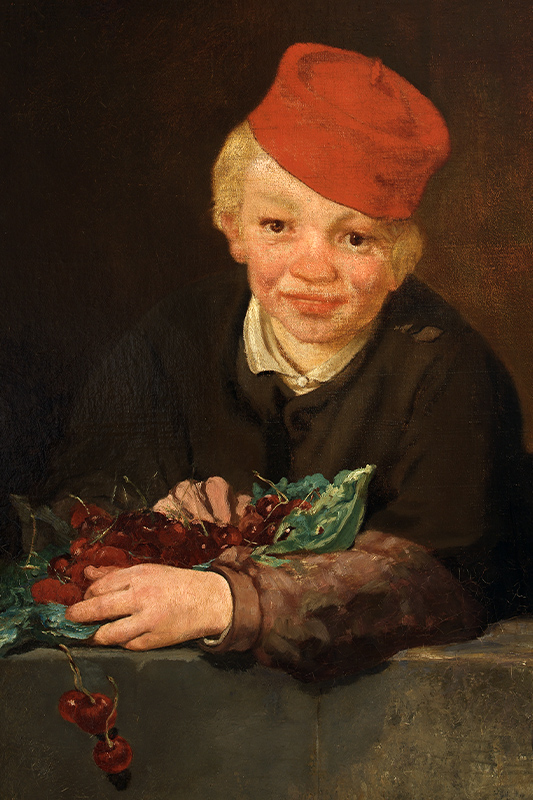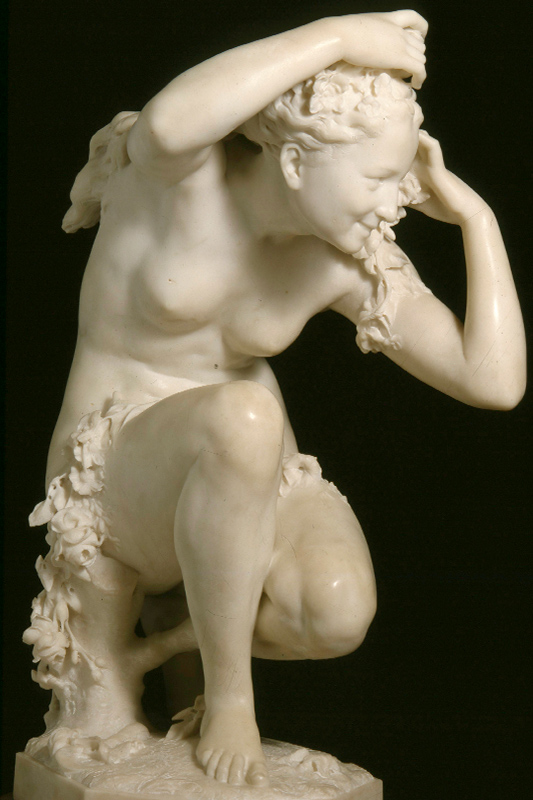France
It would be impossible to discuss Calouste Gulbenkian and his collection without mentioning France, or Paris more specifically, where he settled in the famous hôtel particulier located at 51, Avenue d’Iéna in the heart of the city. Acquired in 1922, the property, which previously belonged to another renowned collector, Rodolphe Khan, became not only his family home but also his private museum, equipped with technology to allow him to exhibit and conserve his works. The mansion was remodelled with contributions from prestigious artists, such as René Lalique and Edgar Brandt.
Several years earlier, Gulbenkian had spent a period in Marseille, where he studied at the École Supérieure de Commerce in c. 1883-1884; shortly before purchasing the mansion, the collector lived between London and Paris. His ties to the country are obvious: if we look carefully at the European artworks that Gulbenkian acquired, we can see that a significant proportion of them came from France, including decorative arts, especially furniture and jewellery, paintings by the great French masters, such as Degas, Manet and Corot, and sculptures, including pieces by Houdon, Carpeaux and Rodin.
However, one of the largest French sections in the collection is dedicated to René Lalique. A close friend of the artist, Gulbenkian purchased almost all of the pieces he owned directly from Lalique, with one exception. The first jewel that he bought was the Woods choker plaque in 1899, which was lent to the Paris Exposition in 1900. Between 1902 and 1904, Gulbenkian gathered a sizeable number of pieces by the master jeweller, including the Dragonfly-woman corsage ornament, one of the most remarkable pieces in the Collection.
In 1937, his taste for nature prompted him to purchase a very large property in Normandy, ‘Les Enclos’. The estate stretched over 34 hectares of land, where he built a huge garden that became his refuge – even after moving to Portugal, the collector continued to receive fresh fruit from his French orchards.


Calouste Gulbenkian lived in France until 1942, when World War II obliged him to reconsider staying in the country. The initial plan was to move to the United States with his family and his collection; however, his stay in Lisbon eventually became permanent.
He lived out the final years of his life at Hotel Aviz in the Portuguese capital until 1955. The French delegation of the Calouste Gulbenkian Foundation initially occupied the collector’s home in Avenue d’Iéna, before moving to 54 Boulevard Raspail, where it continues to operate today.
Collection of Stories
Where have the artworks been, before being acquired by Calouste Gulbenkian? Who were their authors and their protagonists? What curiosities do they hide? In this series, discover the various stories behind the Museum's collection.

